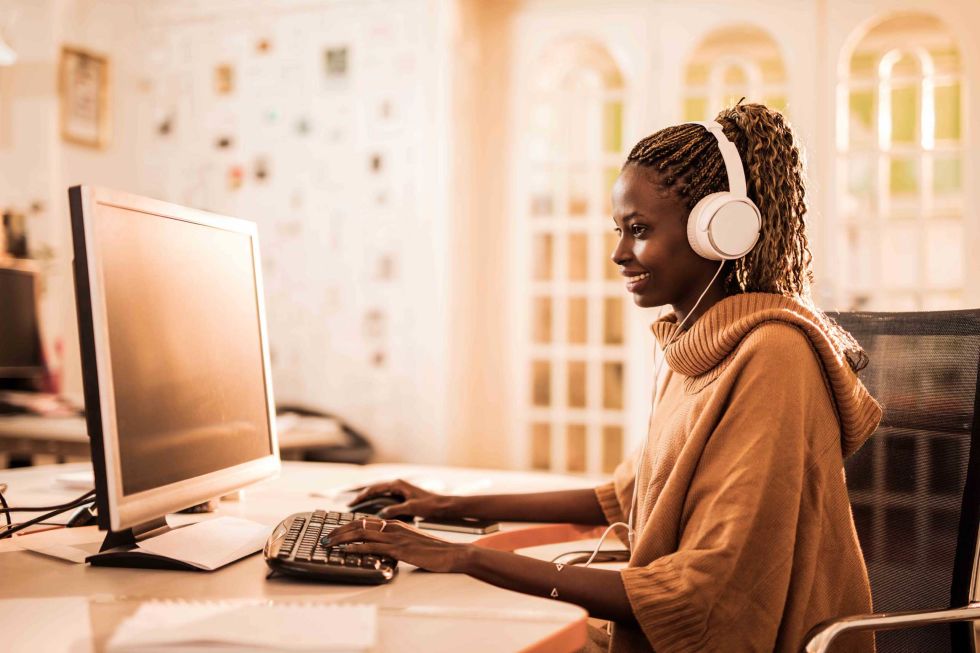Working from home can be a true blessing for self-employed professionals, business owners and telecommuters, but it can easily turn into a curse for people who fail to create a workplace that can minimize distractions while encouraging productivity. To this effect, there are four factors you should keep in mind when designing your home workstation.
Sound and Noise Control
The aural environment you work in can determine your level of productivity. In general, you want a quiet space where you can only have to hear work conversations, recordings, your favorite music, and productive background noises.
A pair of comfortable, noise canceling headphones can go a long way towards creating the right aural environment in your home office. For many people, instrumental music is a powerful ally when played at the right volume. Classical, jazz, rock, and electronic dance music can greatly increase your productivity level. Songs that feature vocalization and podcasts are generally not recommended since they may get in the way of concentration.
Maximize Your Space
You don’t need to take up an entire room for your home office; in some cases, you can even set up a perfect workstation inside a closet. The key is to maximize the space by focusing on the experience. Since you are working at home, if you maximize your living space, you also maximize your working space. It is also important for you to identify distracting elements and do everything possible to eliminate them.
If you share a household where many people are going to be present during your working hours, your first task would be to find the most private corner within your home. If you do not have the benefit of a locked door, you may have to find a quiet nook somewhere. The smaller the space, the more emphasis you will have to place on keeping it free from clutter, and this is something that technology can certainly help you with.
Tower PCs are no longer needed for most productivity tasks; a mini desktop smaller than a shoe box can get the job done, and the same can be said of mini tablets. Try to keep everything as wireless as possible to avoid a mess of tangled cables.
Ergonomics
If your body does not feel comfortable at your home workstation, you will be constantly distracted by the discomfort and the need to get away from your desk. The best strategy to achieve comfort while working from home is to invest in ergonomic office equipment.
Desks, keyboards and chairs form an ergonomic trinity that you should pursue as you set up your home office. When visiting a local office furniture store, ask the sales staff about letting you try out the chairs and desks so that you can evaluate their level of adjustment in relation to your body.
You generally want the display to be at eye level and your elbows slightly above the keyboard so that your wrists are always straight as you type and use the mouse. As for the keyboard, you may want to look at mechanical or gaming models by manufacturers such as Truly, Qisan and Microsoft.
Setting Goals
If focusing is something that does not come easily to you, setting goals can help you become more productive. Telecommuters who work as account executives or client services representatives have the constant goal of always being available for communications; if this is not your case, your goal should be to focus on completing tasks without interruptions.
Modern operating systems that use a notification system can be very distracting; you don’t have to turn off notifications altogether, but you can mute them or make a habit of only reviewing them every two hours or so. Calculate how long you can focus and work on gradually increasing this time by means of 10-minute increments.
